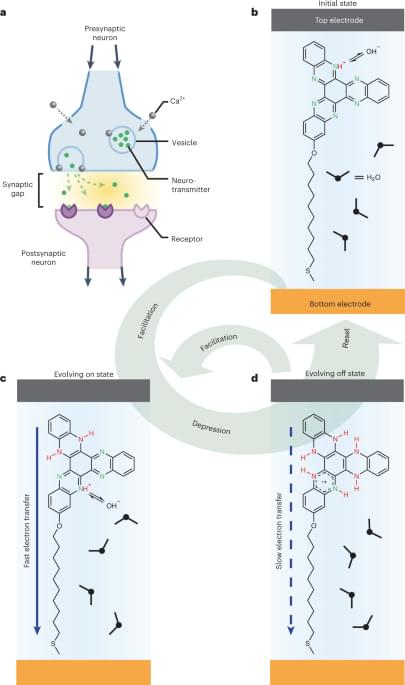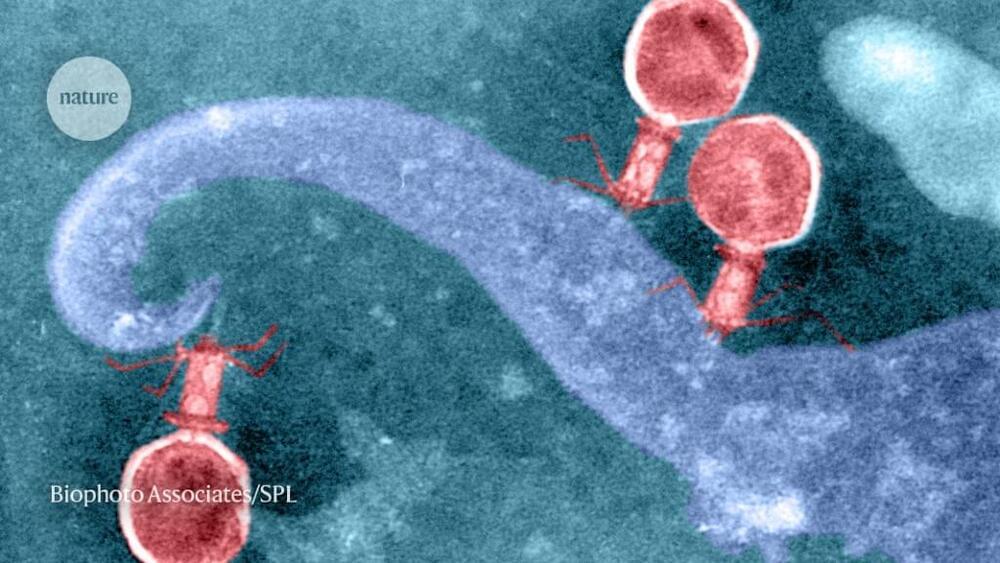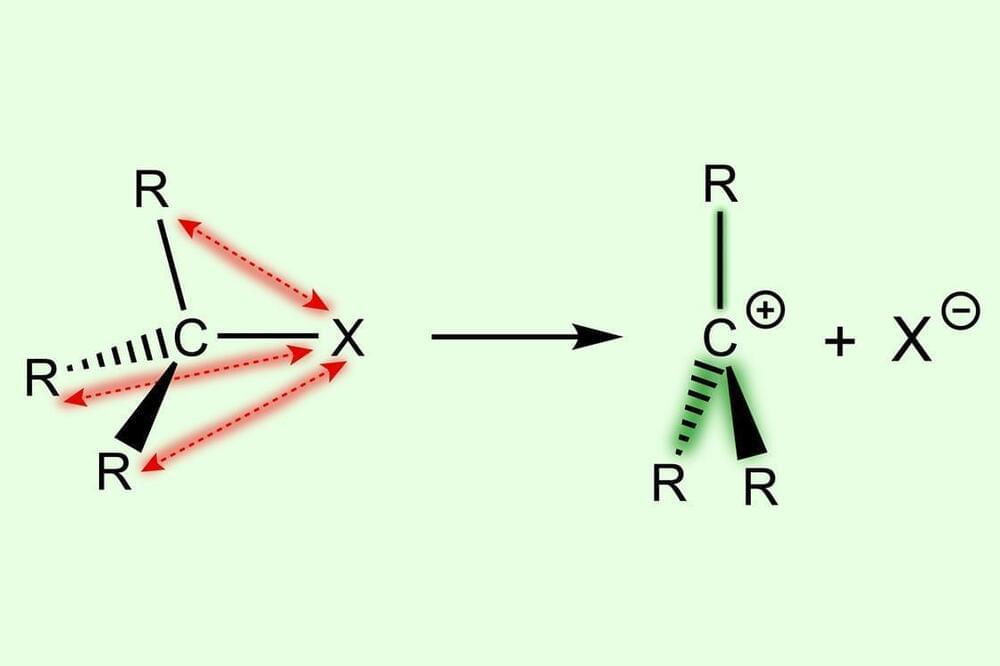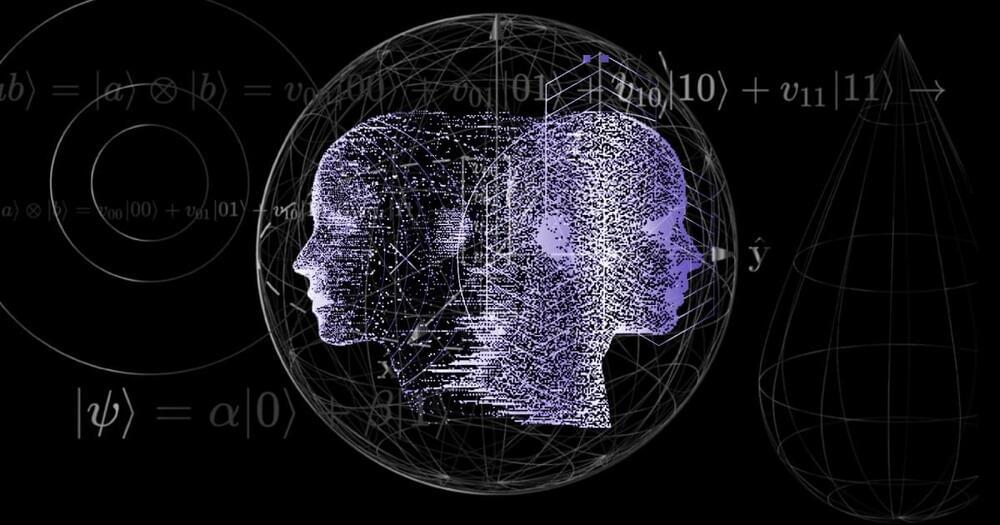Ground News Black Friday Sale: Compare news coverage. Spot media bias. Avoid algorithms. Download the free Ground News app to get 40% off a Ground News Vantage membership by going to https://ground.news/isaacarthur.
As we head through hard times things can seem rather bleak, but there’s lots of amazing and beneficial technologies on the horizon.
Checkout the World’s Fair Posters: https://worldsfair.co/gallery.
Visit our Website: http://www.isaacarthur.net.
Support us on Patreon: https://www.patreon.com/IsaacArthur.
Support us on Subscribestar: https://www.subscribestar.com/isaac-arthur.
Facebook Group: https://www.facebook.com/groups/1583992725237264/
Reddit: https://www.reddit.com/r/IsaacArthur/
Twitter: https://twitter.com/Isaac_A_Arthur on Twitter and RT our future content.
SFIA Discord Server: https://discord.gg/53GAShE
Listen or Download the audio of this episode from Soundcloud: Episode’s Audio-only version: https://soundcloud.com/isaac-arthur-148927746/reasons-to-be-…the-future.
Episode’s Narration-only version: https://soundcloud.com/isaac-arthur-148927746/reasons-to-be-…ation-only.
Credits:
Reasons To Be Optimistic About The Future.
Science & Futurism with Isaac Arthur.
Episode 372, November 24, 2022
Written, Produced & Narrated by Isaac Arthur.
Editors:
Alex Civitello.
Konstantin Sokerin.
David McFarlane.
Cover Art:








